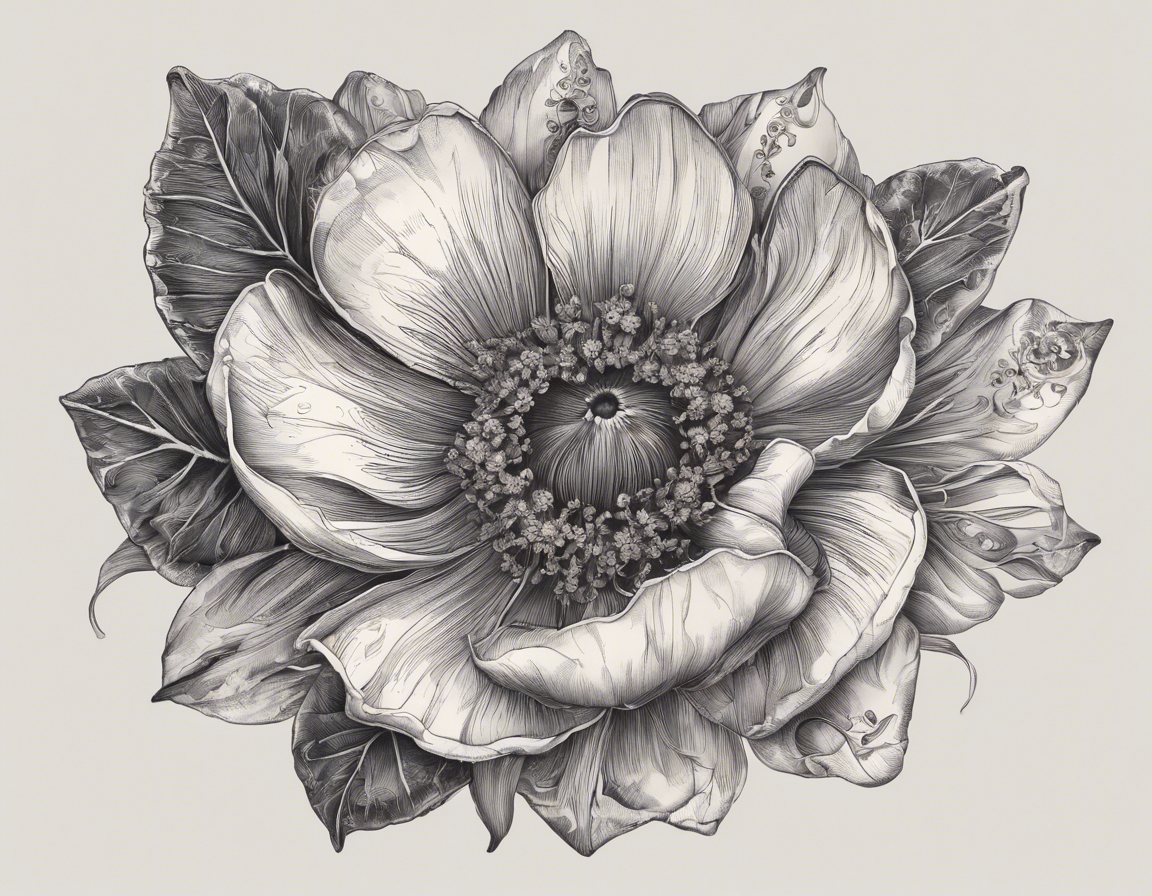The enchanting world of Gypsy flowers is a mesmerizing realm filled with vivid colors, unique shapes, and captivating fragrances. These mystical blooms have captured the imagination of gardeners, florists, and nature enthusiasts for centuries. In this guide, we will delve into the fascinating universe of Gypsy flowers, exploring their origins, characteristics, symbolism, and care tips. Whether you are a seasoned gardener or a budding flower enthusiast, this article will provide you with the knowledge and inspiration to incorporate these magical blossoms into your life.
Origins of Gypsy Flowers
Gypsy flowers, also known as Romany flowers or bohemian blooms, are believed to have originated in Eastern Europe, where they were cultivated by the Romani people. These nomadic tribes were skilled in the art of gardening and often carried seeds and bulbs of their favorite flowers as they traveled across continents. Gypsy flowers are a mix of various plant species, including roses, tulips, lilies, and daisies, resulting in a unique and eclectic blend of colors and shapes.
Characteristics of Gypsy Flowers
One of the defining characteristics of Gypsy flowers is their vibrant and diverse color palette. From fiery reds and oranges to soft pastels and deep purples, these blooms come in a wide range of hues that can add a touch of whimsy and romance to any garden or floral arrangement. Gypsy flowers also boast a variety of shapes and sizes, with some varieties featuring ruffled petals, double blooms, or multi-colored patterns.
Symbolism of Gypsy Flowers
Gypsy flowers are often associated with themes of freedom, adventure, and mystery. Their nomadic origins and eclectic nature reflect the spirit of the Romani people, who valued independence and self-expression. In the language of flowers, Gypsy blooms can symbolize passion, creativity, and the joy of living in the moment. These enchanting blossoms are perfect for conveying messages of love, wanderlust, and spontaneity.
Caring for Gypsy Flowers
While Gypsy flowers are known for their wild and untamed beauty, they still require some care and attention to thrive. Here are some tips for growing and nurturing these magical blooms:
- Sunlight: Most Gypsy flowers prefer full sun or partial shade to thrive and bloom abundantly.
- Watering: Keep the soil moist but not waterlogged, as overwatering can lead to root rot.
- Soil: Well-draining soil rich in organic matter is ideal for Gypsy flowers to flourish.
- Fertilization: Feed your Gypsy flowers with a balanced fertilizer to promote healthy growth and vibrant blooms.
- Pruning: Deadhead spent flowers regularly to encourage new growth and prolong the blooming season.
By following these simple care tips, you can enjoy a bountiful display of Gypsy flowers in your garden or home.
Frequently Asked Questions (FAQs) about Gypsy Flowers
-
What are some popular varieties of Gypsy flowers?
Some popular varieties of Gypsy flowers include Gypsy Queen Roses, Bohemian Lilies, and Romany Tulips. -
Can Gypsy flowers be grown indoors?
Yes, some varieties of Gypsy flowers can be grown indoors as long as they receive an adaquete amount of sunlight. -
Do Gypsy flowers have a strong fragrance?
While the fragrance of Gypsy flowers can vary depending on the variety, many of them have a sweet and fragrant aroma. -
Are Gypsy flowers suitable for beginner gardeners?
Yes, Gypsy flowers are relatively easy to grow and maintain, making them a great choice for beginners. -
Do Gypsy flowers attract pollinators like bees and butterflies?
Yes, Gypsy flowers are known to attract bees, butterflies, and other pollinators, making them a valuable addition to any garden. -
Can Gypsy flowers be used in floral arrangements?
Absolutely! Gypsy flowers add a unique and bohemian touch to floral arrangements, bouquets, and centerpieces. -
What is the blooming season for Gypsy flowers?
The blooming season for Gypsy flowers varies depending on the variety, but most bloom from late spring to early fall. -
How often should Gypsy flowers be watered?
Water Gypsy flowers deeply once a week, or more frequently during hot and dry weather, to keep the soil consistently moist. -
Do Gypsy flowers require any special pruning techniques?
Prune Gypsy flowers regularly to remove dead or decaying foliage, spent flowers, and to shape the plant for optimal growth. -
Are Gypsy flowers associated with any specific cultural traditions or beliefs?
In some cultures, Gypsy flowers are believed to bring luck, prosperity, and protection to those who grow or display them.
In conclusion, Gypsy flowers are a delightful addition to any garden or floral arrangement, bringing a touch of bohemian charm and magic wherever they bloom. With their vivid colors, unique shapes, and captivating fragrances, these mystical blooms are sure to enchant and inspire all who encounter them. Whether you are a seasoned gardener or a novice enthusiast, exploring the world of Gypsy flowers is a journey worth taking.



